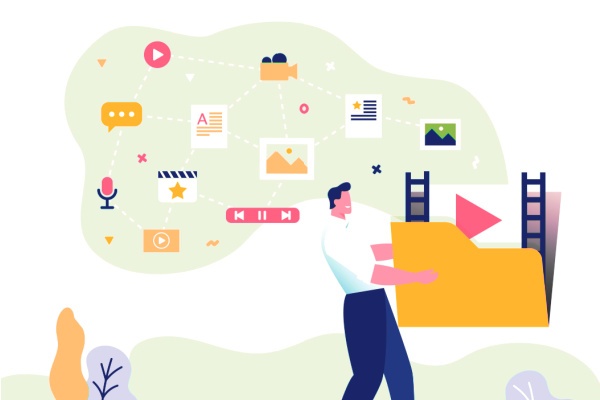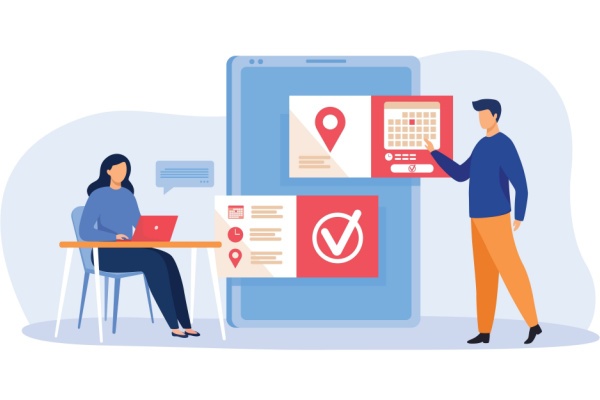The typical B2B customer lifecycle goes something like this: Target, Acquire, Support, and Retain. If a company can continue to offer the same level of product or service – or improve upon it – there should be no problem retaining them as a long-term customer, right? If only it were so simple to stop customer churn.
Sure, there are companies out there to help you with B2B sales lead generation, but once you have a customer, it’s up to you to reduce or stop customer churn and retain that customer for as long as you can.
Four main reasons why customer churn happens:
- Pricing – if customers find a more cost-effective solution to the problem they want to solve, they may churn. So, it’s important to establish the value proposition at the outset, with good onboarding and check-ins for the critical after-sales period.
- Product or market fit – this occurs when sales and customer service aren’t properly aligned. If sales people are just trying to hit a quota and aren’t incentivized to sell to qualified B2B sales leads and good-fit customers, you won’t be able to stop customer churn.
- User experience – this concerns buggy, or difficult to use websites, software or apps. If it’s a good solution for the client in the first place, they’ll be likelier to use it on a daily basis, and to stick around even if that means the occasional patch or upgrade.
- Customer experience – once you’ve earned the customer’s trust and closed the sale, ensure that their future experience with your marketing content, your support line, your social media channels and account managers is positive all the way. Buyers want to feel welcomed and supported by your team and interactions are key to their sticking around.
Remember that it costs more and is less effective to intervene later, once they’re already thinking of leaving. It’s imperative you keep a tally of customers you are losing, orders that are getting smaller, and calls that are not being returned.
While customer churn happens in every operation, according to research from Bain & Company, a 5% increase in customer retention can increase profits by 25 to 95%. So it’s worth prioritizing.
Seven ways to reduce B2B customer churn effectively:
- Lean into your best, high-value customers. Focus on the most profitable customers instead of trying to cover all your bases. Offer them an incentive to stick with you, but make sure it is relevant to their situation. Work hard to earn their loyalty and their big spends.
- Be proactive with communications with some direct marketing. This should always be tied to the customer’s personal product or service usage, or risk being irrelevant to them. If you notice a customer isn’t using all the features, pop them a friendly email nudging them to try some of them.
- Define a roadmap for your new customers. Pull together an onboarding package for new customers to familiarize them with the entire suite of products or services that you offer, to capitalize on their enthusiasm and show them everything they have at their disposal as a valued new customer. The first email should thank them and welcome them while introducing all the popular features to help them warm up to the tool/service/product you are offering.
- Offer incentives. Anchor these offers in their timelines, so if you think a customer might quit as they approach the end of their contract, this is the perfect time to send them a discount offer on a renewal. If you think they might not be using your product because it doesn’t have all the features they’re looking for, let them know you are working on it and give them a free month while you work to meet their needs.
- Ask for feedback often. Whether this is a short and sweet survey that you ask them to take part in, or a request for a review or rating, the important thing to emphasize is that you’re committed to always improving your product/service. Another great way to gather feedback is to monitor any live chats on your website. You can take note of any roadblocks, common complaints and anything else that can help you determine what you’re doing right or wrong.
- Analyze churn when it happens – what is the underlying pattern? Customer churn happens in every business, but if you crunch your own data you can find revealing patterns in behaviour. Does churn happen at 30 days? 60 days? See if a feedback loop can get you some answers as to why they are leaving.
Lastly, it’s imperative to remain competitive. This is a given when it comes to your own industry and product/services that you offer. But beyond that, you also should be assessing how good your customer support and knowledge base is, compared to your main competitors. Sign up for their emails, have a good look around their website for live chats, tools, and customer-centric features. See if they are responsive when it comes to social media inquiries. Make sure your own company is up to snuff in all these areas (outbound marketing, digital marketing, direct marketing and PR and content marketing), as that will help position you well to retain customers and stop or reduce B2B customer churn.






